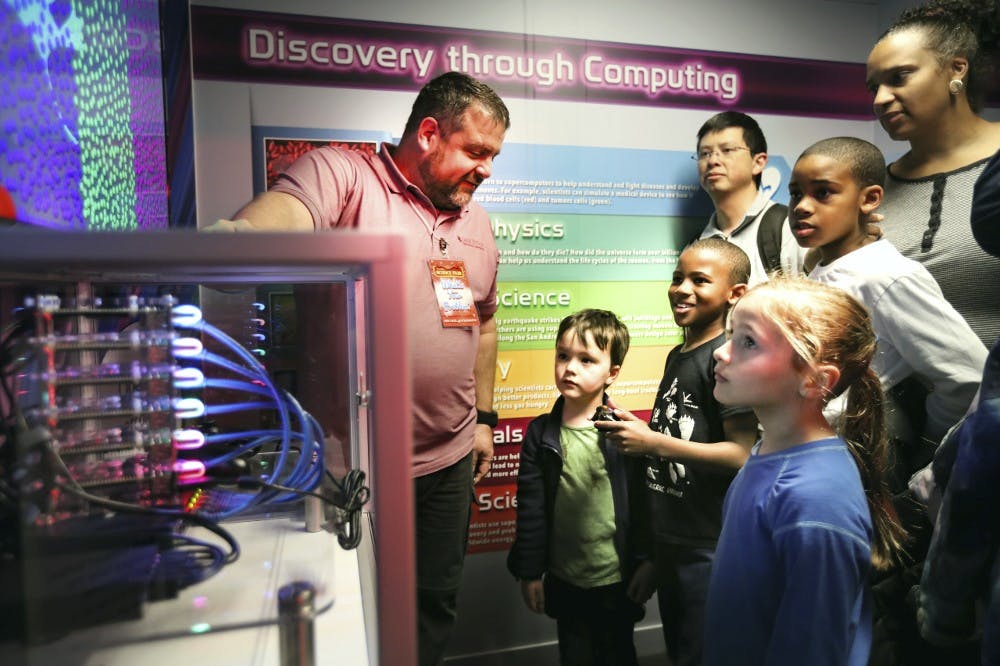Post-Quantum Cryptography Success Relies on a Strong Workforce
The federal workforce sees need for training and education amid growing priorities around post-quantum cryptography for cybersecurity.

Federal cybersecurity leaders are calling for the federal workforce to increase understanding of post-quantum cryptography and protecting data as adversaries like China build up their investments in the technology.
“If you are working on quantum and you’re not including your cyber team, you’re doing everyone a disservice,” said Amy Hamilton, visiting faculty chair from the Department of Energy at National Defense University, at ATARC’s inaugural Federal Quantum Summit last month. “The really important thing is that we’re all at the table talking because all of these new technologies are going to enable and empower our lives in ways that we can’t imagine.”
Currently, the cybersecurity workforce understands classical-quantum algorithms, but it isn’t as familiar with post-quantum cryptography algorithms. There is urgency to change that reality as adversaries like quantum pour investments into it, Hamilton added.
“These algorithms are nothing like we’ve ever used before, in many respects. It’s going to change the paradigm of how we approach and look at cybersecurity in general,” noted IBM Quantum-Safe Executive Robert Campbell. “They should not be separated; you can’t have cybersecurity without quantum cryptography.”
Campbell said the technology, along with zero trust and AI, all needs to be a part of classroom discussions starting in high school. Beginning these conversations earlier can allow for a better understanding of how they work in tandem rather than waiting to explain the concepts when students enter the workforce.
Likewise for the military, said Marine Corps Cyberspace Command Cyber Technology Officer Shery Thomas.
“You’ve probably heard, ‘Every Marine is a rifleman.’ We’re going to modify that,” Thomas said. “Every Marine is also a technologist and integrator, too, because every single thing they touch, whether it be that small screen or something on an aircraft, they’re touching technology.”
The transition to post-quantum cryptography for all agencies will be a long process, according to Cybersecurity and Infrastructure Security Agency (CISA) Senior Engineer and ICAM Subject Matter Expert Ross Foard. CISA is helping agencies understand, prepare and make changes to the algorithms through a roadmap that will be released later this summer.
“It’s really important to discover where these functions are in use today and then to make an inventory of all those things it’s protecting,” Foard said. “Knowing the inventory of what those functions are protecting is really important.”
“We just implemented our USDA data strategy plan in December for the next five years. In conjunction with that, they’re working to develop more of a posture for cybersecurity in post-quantum cryptography,” added Agriculture Department IT Manager Rudolph Rojas.
Although there are still many unknowns about what quantum computing can offer, but researchers see opportunity.
“The reality is, we still don’t know what quantum technology can offer to humanity in terms of quantum computing,” said Davide Venturelli, associate director of quantum technologies at the Universities Space Research Association. “There’s a lot of more questions to be asked, then there are solutions to be implemented right now.”
This is a carousel with manually rotating slides. Use Next and Previous buttons to navigate or jump to a slide with the slide dots
-

Looking Back at the First Trump Administration's Tech Priorities
In his first term, Donald Trump supported cybersecurity, space policy and artificial intelligence development.
4m read -

Securing the Expanding Attack Surface in Cyberspace
Agencies undergoing digital transformation face a more intricate threat landscape and a wider threat target for adversaries looking to exploit vulnerabilities. This panel dives into strategies agencies are undertaking to safeguard these complex environments, including zero-trust architecture, vigilant monitoring and robust cybersecurity training.
30m watch -

Labor CAIO Outlines Responsible and Ethical AI Priorities, Use Cases
Department of Labor Chief AI Officer Mangala Kuppa outlined how her role is shaping the agency’s artificial intelligence strategy.
20m watch -

Elevating Cybersecurity in the Intelligence Community
The Intelligence Community is developing strategies to protect data and strengthen resiliency against emerging cyber threats.
30m watch








